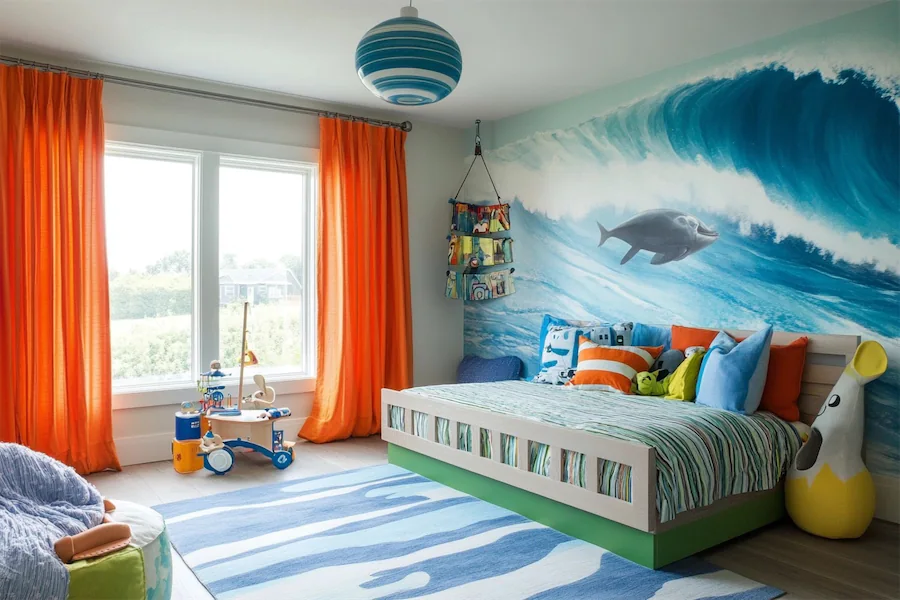Designing a Scandinavian-inspired kid’s room combines simplicity, functionality, and warmth to create a nurturing environment for children. This design approach emphasizes natural materials, neutral color palettes, and minimalistic decor, fostering a space that is both aesthetically pleasing and conducive to a child’s development.
Introduction to Scandinavian Kid’s Rooms
Scandinavian design, originating from Nordic countries, is renowned for its minimalist yet cozy aesthetic. In children’s rooms, this style translates to spaces that are uncluttered, bright, and versatile, allowing for both play and rest. The use of natural light, functional furniture, and subtle decorative elements are key components in achieving this look.
History and Origins of Scandinavian Kid’s Rooms
The Scandinavian design movement emerged in the early 20th century, focusing on simplicity, craftsmanship, and functionality. In children’s spaces, this philosophy promotes environments that are safe, adaptable, and encourage creativity. The emphasis on natural materials and light colors reflects the Nordic connection to nature and the desire to create harmonious living spaces.
Key Features of Scandinavian Kid’s Rooms
- Neutral Color Palettes: Utilizing whites, grays, and soft pastels to create a calm and airy atmosphere. These hues serve as a versatile backdrop that can evolve with the child’s changing tastes.
- Natural Materials: Incorporating elements like wood, cotton, and wool to add warmth and texture, fostering a connection to nature.
- Functional Furniture: Selecting pieces that serve multiple purposes, such as beds with built-in storage or modular shelving, to maximize space and utility.
- Minimalist Decor: Keeping decorations simple and purposeful, avoiding clutter to maintain a serene environment. This includes the use of subtle patterns and textures to add interest without overwhelming the space.
Applications of Scandinavian Kid’s Rooms
- Sleeping Area: A simple bed frame made of light-colored wood, complemented by soft, neutral bedding, creates a restful sleeping environment. Adding a canopy or fairy lights can introduce a whimsical touch.
- Play Zone: An open area with a soft rug provides a comfortable space for play. Incorporating storage solutions like woven baskets or wall-mounted shelves helps keep toys organized and the room clutter-free.
- Study Corner: A minimalist desk paired with a comfortable chair encourages focus during study time. Ensuring ample natural light and keeping the area free from distractions are essential for creating an effective learning space.
Considerations When Designing a Scandinavian Kid’s Room
- Safety: Ensure all materials and furniture are non-toxic and child-friendly, with no sharp edges or small parts that could pose hazards.
- Adaptability: Choose furnishings and decor that can grow with the child, allowing the room to be easily updated as their needs and preferences change.
- Personalization: While maintaining a minimalist aesthetic, incorporate elements that reflect the child’s personality, such as their favorite colors, themes, or hobbies, to make the space uniquely theirs.
Conclusion
A Scandinavian-inspired kid’s room offers a harmonious blend of simplicity, functionality, and warmth. By focusing on natural materials, neutral colors, and thoughtful design, you can create a space that is both beautiful and supportive of your child’s growth and development.
